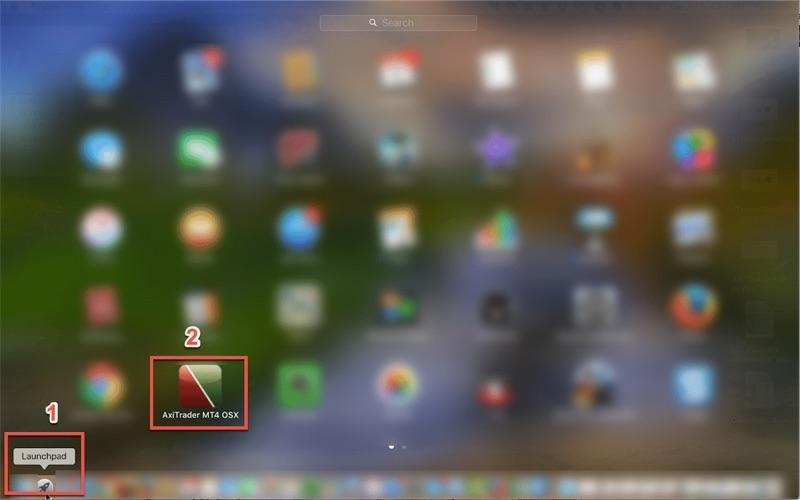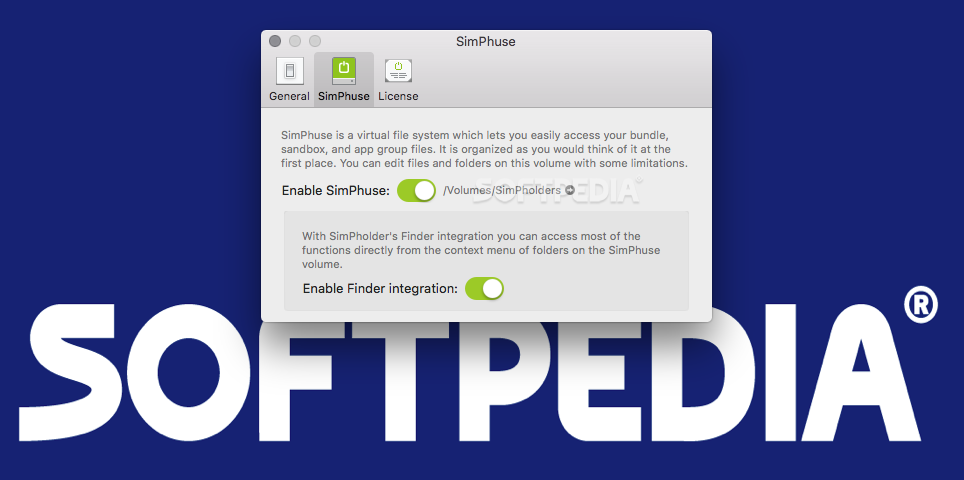

MAC UPDATE XQUARTZ FULL
This program allows you to run a full remote desktop which can be disconnected and reconnected while graphical applications continue to run.
MAC UPDATE XQUARTZ INSTALL
To install X11 on macOS, download and install the XQuartz Application from: FastXĪnother method for accessing graphical programs remotely from our Linux compute servers is FastX. Xming Open-source, free, and full-featured.

MAC UPDATE XQUARTZ MAC OS
You can think of this program providing local graphics services for client programs running remotely. MAC OS BREW INSTALL XQUARTZ UPGRADE MAC OS BREW INSTALL XQUARTZ FULL Sudo port upgrade packagename-enforce-variants +universallternatively, and this is recommended, you can follow the steps on Haskell On Snow Leopard Blogpost to immediately add the universal variant of each package: NB: If compiling fails with architecture errors for.

Yes, this may be backwards from what you might first expect. Terminology Note: The program displaying graphics on your local machine is called an X Server, and the process on the remote end is called an X client. In addition some *nix applications ported to macOS do not run natively under the macOS GUI and require X11. By running an X11 program (known as a server) on your computer, you can access graphical Linux programs remotely through an SSH client. If you have been trying for ages to install ImageMagick, you may have left some old versions lying around.X11 is a remote-display protocol used by Linux/Unix machines, including the Linux machines at Thayer. The easiest way to do this is first to ensure that old versions of ImageMagick are removed and cleaned up and that you then install (or re-install) with the latest version: brew update # update homebrew itselfīrew rm imagemagick # remove old IM versionsīrew install imagemagick -with-x11 # install latest IM version including X11 support Step 2 - Ensure ImageMagick is correctly installed You can do this with: xcode-select -install It is important that your developer tools are up-to-date, especially if you have updated your macOS version since setting them up originally. Step 1 - Install or update Xcode command line tools In general, to use ImageMagick with X11, you will probably be most likely to succeed if you follow the following steps: That converts any file formats that ImageMagick knows into a PNG which the Preview app understands and should be able to represent most images, even those with 16-bit depth and transparency. Then I edited that file and added a line very close to the end, but just above the last line like this: I used this: magick -list delegate | awk '/^Path/ 'Īnd mine is at: /opt/homebrew/Cellar/imagemagick/7.1.0-16/etc/ImageMagick-7/delegates.xml This means you can do things like: magick SomeImage.png -crop 100x100+10+10 display:įor this to work, you need to find your delegates.xml file. configure -disable-osx-universal-binary -prefix=/usr/local/Cellar/imagemagick/7.0.8-66 -disable-silent-rules -with-x11Īnother option that occurred to me was that, rather than installing all of XQuartz, you could just add your own delegate that uses macOS's built-in Preview app and tell ImageMagick to use that, i.e. One possibility, pointed out in the comments by was to install ImageMagick interactively: brew install imagemagick -i Note that things have changed a bit since I wrote this answer, Homebrew no longer supports installation options such as -with-x11.


 0 kommentar(er)
0 kommentar(er)
